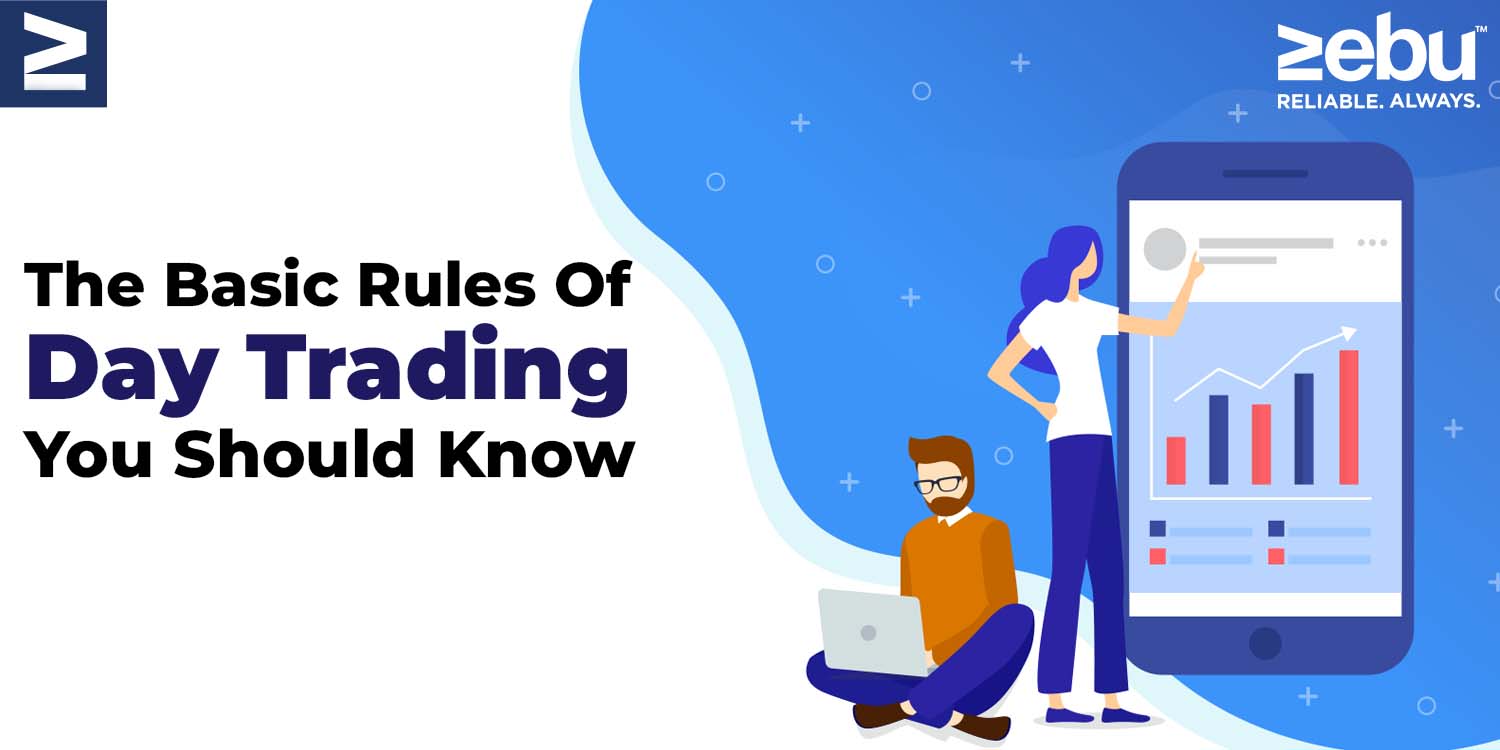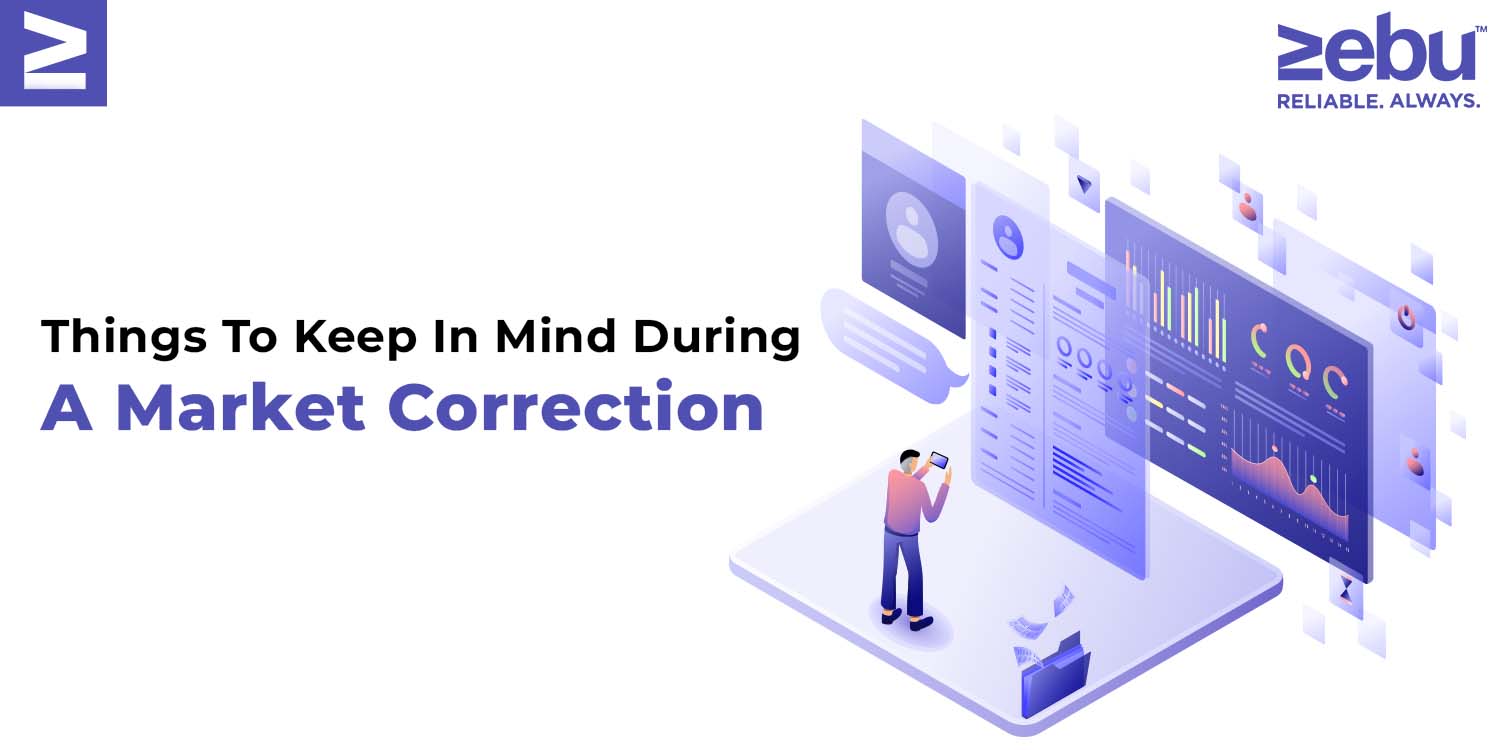
Investing in an IPO can be a great way to build wealth with promising companies. However, if last year is anything to go by, IPOs can be extremely tricky to invest in. If you are purely investing in an IPO to benefit from the listing gains, we suggest that you find promising companies, apply to the IPO and sell your shares on the day that it gets listed. However, if you are a long term investor, you can hold on to your gains.
In this blog, we’ll talk about what an IPO is and the 10 Things to Check Before Investing in them.
1. Read the Red Herring Prospectus. A company files the Draft Red Herring Prospectus with SEBI when it wants to sell its shares to the public to raise money. This document explains how the company plans to use the money it gets from the public and what risks investors might face. So, people who want to invest in an IPO must read this document first.
2. Reasons for Raising Money: It’s important to know what the company plans to do with the money it gets from the Initial Public Offering. One should find out if the company wants to pay off its debts or if it wants to raise money to grow the business, or use the money for other business purposes. This shows that the money will be used well in the business, which is a good sign for an investor.
3. Know the business model: Before investing in the Initial Public Offering, investors should know what kind of business model the company has. Once they know what kind of business the company is in, the next step is to find a new market opportunity. This is because the size of the opportunity and the company’s ability to get a share of the market can make a big difference in the company’s growth and shareholder returns. If investors don’t understand what the company does for business, they shouldn’t buy into its IPO.
4. Analyzing the background of the company’s management and promoters: It’s important to find out who runs the business since they are the company’s backbone. Investors should look at both the people who started the company and the people who run it since both play important roles in how the company works. The company’s management is a big part of what moves the business forward. One should look at the qualifications and length of time that the company’s top management has been there. This gives an idea of how the company works.
5. The company’s strengths and weaknesses: Before putting money into a company’s IPO, you should do a SWOT analysis of the company. The DRHP can be used to figure out what the company’s biggest strengths and weaknesses are. Investors should find out where the company stands in the industry it is in. People who want to invest in a business should try to learn as much as they can about the company and the strategies it uses.
6. The company’s valuation: Investors should also check the company’s valuation, since the offer price could be too low or too high depending on the industries it works in and its financial ratios.
7. The company’s health: It’s important to look at how well the company has done financially over the past few years to see if the company’s sales or profits have been growing steadily. If the company’s sales are going up, it might be a good idea to invest in its Initial Public Offering. Before putting money into an IPO, investors need to know how healthy the company’s finances are.
8. Investment Horizon: An investor should know what their investment horizon is before putting money into an IPO. They should decide if they want to buy shares in the IPO just to trade them on the day it is listed or if they want to keep them for a longer time. The reason for this is that a trading strategy would depend on how the market is doing right now, while a long-term strategy would depend on how the company is doing in its core areas.
9. Comparable Peers: Investors should also look at who the company’s competitors are. The DRHP compares the company to its peers in terms of both its finances and its value. Investors can look at how the company is valued compared to its peers to see if it is priced fairly.
10. The company’s potential in the market: Investors should also look at the company’s opportunities and threats in the sectors where it operates. This is important for long-term investors to determine if the investment is worth it.








